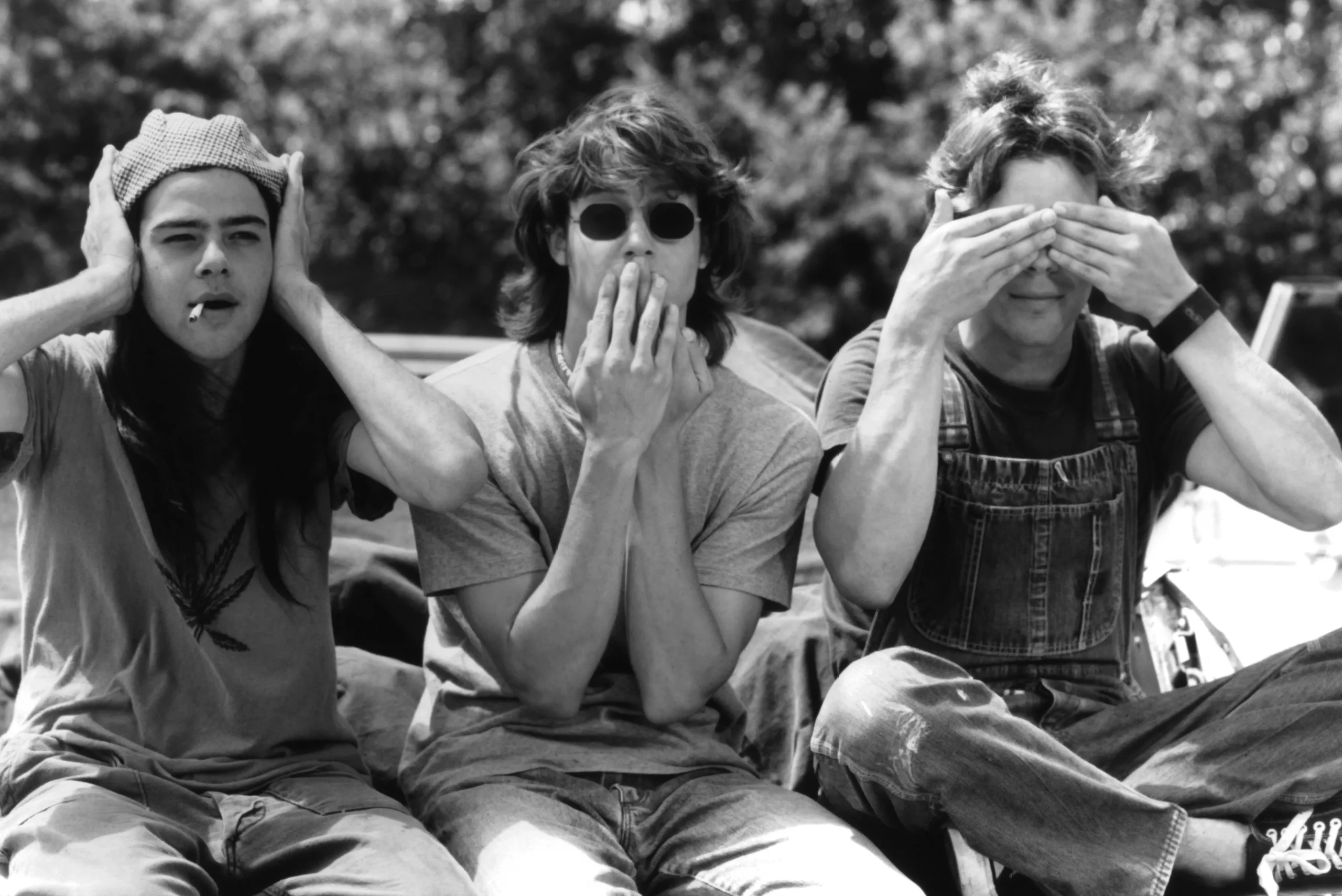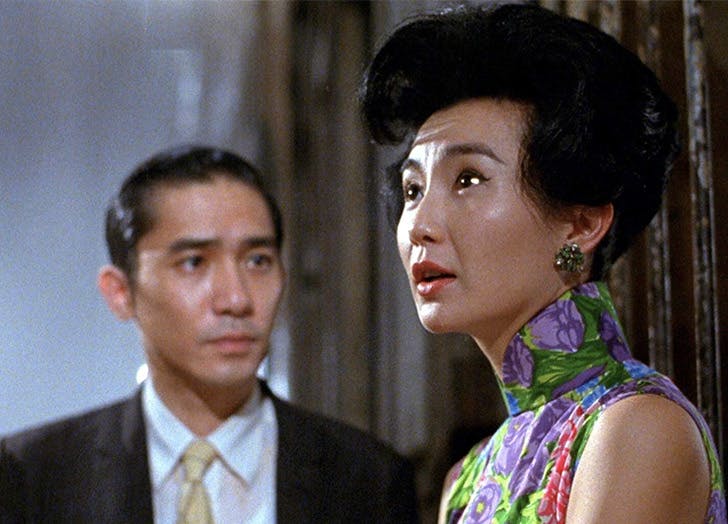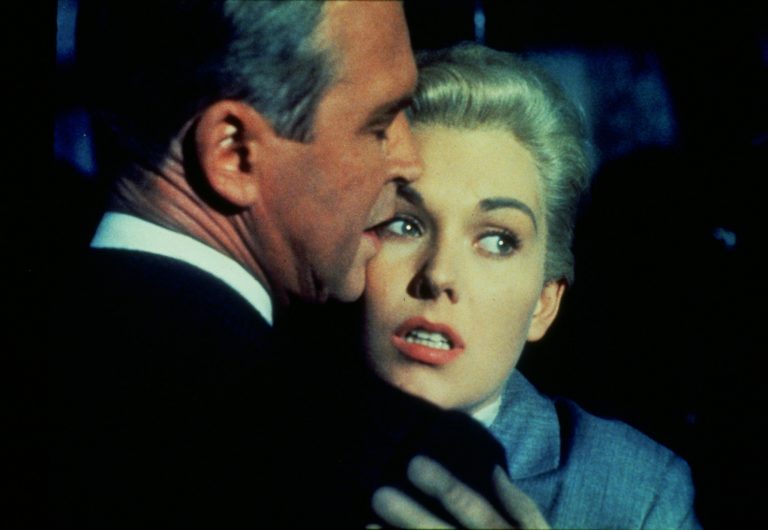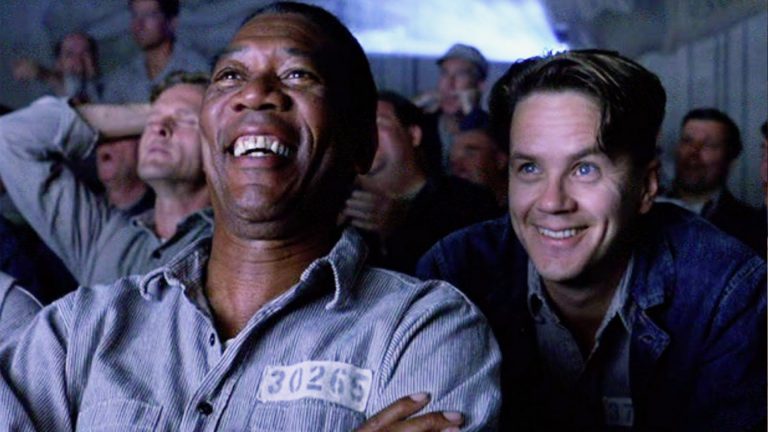During his Oscar-winning speech in 2014, Matthew McConaughey would go on to quote his iconic lines from the 1993 film Dazed and Confused, “Alright Alright Alright!”. Despite a prolific decades-long career, McConaughey is still quite fondly remembered for his breakthrough role as David Wooderson in Richard Linklater’s cult classic. There’s a very good reason the film has stood the test of time and resonates.
Richard Linklater’s Dazed and Confused remains a landmark film for a generation of young people in or stepping out of high school. The film looks into the ennui-filled life of a bunch of American high school students on their first day of holidays before their senior year. The mood of the picture accurately captures that snapshot in time (in this case, the 70s when Linklater himself was a student) where most young teens are cruising along town, getting wasted and talking while searching for a party.
Like many other films in Linklater’s oeuvre, the narrative plays with time to evoke profound memories and examine the notions of nostalgia. As these youngsters grapple with growing up in an increasingly deteriorating world, they also want to enjoy their freedom in their youth.
Nothing and no one is more emblematic of this freedom, quite like the character of David Wooderson (Matthew McConaughey). David Wooderson is a man in his twenties who hangs around his juniors from high school, although he has a work life in the city. Linklater uses Wooderson to enhance the sense of existentialism and identity crisis the rest of the youngsters feel, namely Randall ‘Pink’ Floyd (Jason London) as senior year approaches.
Pink is a star athlete, much like Wooderson was in his day, being forced by his coaches to sign a pledge to stop his wayward ways. Set in an era of ideological conflict and unrest in American society, Wooderson echoes to Pink the challenges one must overcome to become a free man. The system, especially the education institution, seems like it stifles the direction young men like Pink must take, yet Wooderson provides an alternative path to the structures that be.
Moreover, Linklater’s introspection of time offers a multi-dimensional look at the struggle between living in the moment and looking to the future. This is clearly highlighted in how everyone else reacts to Wooderson and his role in the remainder of the picture. In his introduction, Wooderson arrives with Pink at the house of freshman Mitch (Wiley Wiggins) to take him to the party. Mitch has just graduated from junior school, suffering a hazing ritual at the hands of his seniors. Pink, who feels sorry for Mitch, takes him to the party and initiates him into the life of a High School student. It’s evident that the relationship between Mitch and Pink parallels the one between Pink and Wooderson.
The cyclical nature of life is the passing on of lessons from one generation to the next; Linklater captures that perfectly with his leading trio in this large cast. Wooderson is a cool cat that many of his juniors look up to, even though there are hints to the contrary. For example, Wooderson’s famous dialogue regarding high school girls: “I get older, but they stay the same age” is laughed at but viewed with a bit of self-awareness by the young men he hangs around with. The joke that he could get into trouble over time perfectly highlights how Wooderson is viewed from a distance within this group of friends. In the screenplay, Linklater describes him as an ‘older guy still hanging onto the high school scene, basically cool and looked up to but is getting more pathetic as the years go on.’
A perfect reflection of this irony is found in the film’s central antagonist, for lack of a better word. Ben Affleck’s O’Bannion is deliriously excited about the final day of school as he gets to bully the freshmen in the guise of a hazing ritual. He particularly enjoys tormenting Mitch, who eventually gets his revenge. Unlike his peers, O’Bannion has constantly failed to graduate from high school and lingers around. In many ways, he is presented as an alter ego to Wooderson and what becomes of somebody when they hold onto a place for too long instead of moving with time.
Yet perhaps there is no better expression of Linklater’s thoughts than the era-appropriate soundtrack of his film. As Wooderson and the rest of the gang enter the hangout spot known as the Emporium, slow-motion hits and Bob Dylan’s Hurricane blast through the speakers. There’s a deeper poetry to using this piece in an amazing soundtrack full of greats.
It’s the wondrous initiation of Mitch into the world of adults, but as the lyrics of the song go, it’s also a jibe at Wooderson. He is the hurricane that changes how youngsters view the outside world of adulthood. However, Wooderson is also the kind of man who could have been the champion but chose to bask in the glow of nostalgia rather than grow up. He’s life-changing and destructive, and he will disappear into the wind. Even his nickname ‘Woodabeen’ is a play on this, as in he ‘would have been’ something.
It’s still fascinating to understand why the character and the film resonate in the way it does 30 years later. Linklater himself, over countless interviews, has given his own perspective regarding the longevity of the film. In 1993, when putting together the film, much of which is autobiographical in nature, Linklater hoped to reflect on his time with a sense of anti-nostalgia. He was adamant that the 70s as a high school student (like most time periods) was filled with anxiety, confusion, and even a sense of impending doom. At one point in the film, a group of students ruminates about how they are living in the worst time known to the existence of man.
The film is meant to critique high school nostalgia, especially sold by Hollywood, and in many ways, it is. The lax treatment, the lack of a plot, and conversations upon conversations building these themes of an identity crisis highlight his intent. Yet Linklater has confessed over time that in order to dissect the problems of nostalgia, one must swim in the memories of that time period. In doing so, Richard Linklater, peering at the minutia of his time as a student in 70s Texas, ended up creating a love letter to a lost period for many high school students.
The way Linklater details the specifics of this period allows Dazed and Confused to be a universal and nostalgic film for any generation. That careful balancing act, through Wooderson, becomes an affirmation of his philosophy: the importance of living in the moment cannot be disregarded entirely. In the past few decades, as his viewpoint and filmmaking career has grown, Linklater understands that, but it doesn’t mean that he overlooks the future. For many, Linklater is viewed as the master of nostalgic goodness, but reading closer into his works, one notices that he does view Wooderson as a cautionary tale.

For this, we must sidetrack and understand some of Linklater’s own filmography after the success of Dazed and Confused. Perhaps the easiest place to begin is his career-defining work in the ‘Before Trilogy.’
The ‘Before trilogy’ is built upon the chance encounter of Jesse (Ethan Hawke) and Celine (Julie Delpy) on a trip through Europe. There’s enchanting warmth to the first film (Before Sunrise, 1995) as Jesse and Celine come to understand each other and fall in love. With the passage of time, the relationship morphs from a sense of belonging into a phase of uncertainty. In the final film, they ultimately acknowledge that they must work at their relationship as it evolves with time.
Linklater’s approach to the trilogy, along with Hawke and Delpy, is a great examination of how time plays a part in the people we become. This is reflected in the audience, whose perception of the central relationship will naturally change depending on when in their lives they watch and re-watch the films. The trilogy separated as individual narratives make it easier to understand that Linklater (who based the first film on his own chance romantic encounter) isn’t just nostalgic for a lost time. Linklater is also aware of how passing years require people to reassess and reconcile between memories and present reality.
The most straightforward example of this idea of growing with time comes with Linklater’s widely celebrated Boyhood (2014). It is a film that was shot in parts across 12 years, documenting the growth in real-time of his cast and characters. Boyhood does well to crystallize the themes of memory and time that continue to haunt Linklater’s work. Apparently, the passage of time also runs through the years of school that Dazed and Confused delves into. Whether it is the 70s or the 2000s, the core experience filled with an uncertain future remains the same.
In Boyhood, Even as the protagonist, Mason (Ellar Coltrane), prepares to leave for college, one can sense how this affects his mother, Olivia (Patricia Arquette), as she pensively ruminates how time has slipped her by. Linklater’s own daughter Lorelei plays a significant role in this film, and from the view of an audience, one understands how profound the shift Linklater must have on the idea of nostalgia.
In that sense, perhaps the best way to understand his relationship with memory is to study the works that Linklater directed but had no responsibility in writing.
The best example is SubUrbia, written by Eric Bogosian (based on his play of the same name), which acts as a poetic contrast to Dazed and Confused. In the film directed by Linklater, we witness the spiraling of Jeff (Giovanni Ribisi) along with the rest of his high school graduate friends as they hang around outside a Convenience store. On one particular night, they are all gathered to reunite with Pony (Jayce Bartock), a high school friend who has become a rock star far from their small town in Texas.
It’s a depressing look at the same doubt that plagues the seniors in Dazed and Confused, exploring the characters’ interiority that are in the same predicament Wooderson couldn’t be bothered by. The clear sense of nostalgia that permeates Linklater’s writing is met here with a hard-hitting cynicism. There is a desperate need for these characters to confront this cloud of uncertainty that hangs over their youth.
Exploring his own memories in that sense makes Linklater susceptible to the biases of his perspective. However, that isn’t what we see in his cinema, particularly ‘Dazed and Confused.’ Rather, the balance provides a far more enriching experience, and we can find similar reflections in the film’s spiritual sequel, Everybody Wants Some!
The film is set in the 80s and concerns a bunch of young frat boys and baseball players on their first weekend before College begins. In it, we witness that same level of uncertainty multiplied by a career and life path that gives them no guarantees of success or failure while clashing with their utmost desire to just live in the moment. It accumulates these themes in a parallel to Wooderson’s character with Willoughby (Wyatt Russell), a 30-something man who sneaks his way into college baseball programs to relive his glory days. In many ways, he could easily be Wooderson’s character, unwilling to let the past go.
Towards the tail end of Dazed and Confused, as all the wildness of the night has ended, Pink, along with his friends and Wooderson, relax on the school’s football field. The conversation once more returns to whether Pink will sign the pledge to do right by the team, the players, his coaches, and ultimately the system.
Of course, Wooderson provides his sage advice. The system wants you to continue following more rules as time passes to keep you in check as an adult. He tells Pink to keep doing what he wants and to keep living against the grain of society.
It’s insightful, and it is true Pink is hopeful that the moment he is in now will not be the best time of his life. Pink looks to the future on his own terms, imbibing Wooderson’s coda of freedom but also choosing to remain open to it while living in the now. This is why this balance depicted in both this film and its spiritual sequel becomes so precarious.
While watching the climax of Dazed and Confused, Linklater is smart to express it with Foghat’s song ‘Slow Ride.’ As the lyrics suggest, Pink can take it easy, existing in the now, but this is a ride, and a destination awaits him at the end. Life is a meditation that must be approached carefully should one wish to survive all its bumps and hardships. That song emanates from Mitch’s headphones as he relaxes at home after his first experience of freshman life with new horizons awaiting him.
Wooderson’s life philosophy becomes the motto to follow: to live on your own terms. His experiences and the end result remain a warning sign. While life is a journey to be taken in its stride, time must be a companion whom we measure step by step.
“I’d like to stop thinking of the present as some minor, insignificant preamble to something else,” a character says during the film. Existing in the past gets you nowhere, and thinking too much about the future can become toxic, but living, truly living in each moment, is where life is.
Read More:
Journeys through the Mist: A Brief Analysis of Theo Angelopoulos’ Landscape in the Mist (1988)
Adulthood is Learning Vulnerability: An Analysis of Kiki’s Delivery Service (1989)
10 Best Movies to watch for True Fans of Richard Linklater’s






